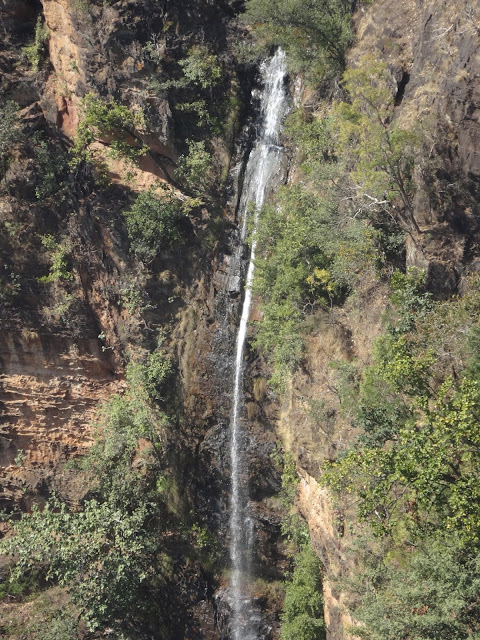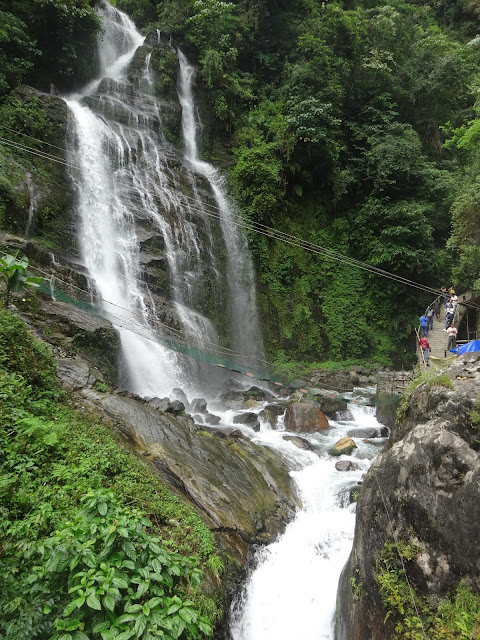1. Silver Cascade, Kodaikanal, Tamil Nadu:
Silver Cascade Falls are located 8kms away from Kodaikanal. This waterfall is the resulting spillover water of Kodai Lake. The excess water of the lake comes down as a fall. The fall is 180 feet high and famous for its clean pure water. The glittering silver water of the falls suggested its name ‘Silver Cascade’.
2. Rimbi Falls, Pelling, Sikkim:
Rimbi waterfalls are located 12kms away from the main Pelling town. Rimbi falls turn into Rimbi River which is also a famous tourist attraction. Orange gardens located beside Rimbi river are very beautiful.
3. Changey Falls, Lava, West Bengal:
Changey falls are located at Kolakham, Lava. The 300m high falls are situated 14kms away from the main town of Lava. One has to travel through Neoravalley National Park to reach the falls. There is a 1km downhill path to reach the base of the falls. But this 1km path in return journey is very strenuous. So children, heart patients, and the elderly are advised not to go to the base but enjoy the beauty from viewing decks.
4. Dharagiri Falls, Ghatsila, Jharkhand:
The Dharagiri Falls are situated at a height of 25feet in Ghatsila, Jharkhand in Dalma Hills. The small trek to reach the falls will be a memorable experience forever. If you are lucky enough, you can spot some wildlife in the forest surrounding the falls.
5. Sweet Falls, Shillong, Meghalaya:
The Sweet falls are the most dangerous falls in Shillong. It lies about 5kms from Happy valley and is about 96m in height.
6. Bee Falls, Panchmahri, Madhyapradesh:
Bee Fall is one of the most spectacular waterfalls in the hill station of Panchmahri. The perennial stream tumbles down 35 meters and gives a spectacular view. The falls are known as “Satpura ki Rani” (Queen of Satpura). It is situated at a height of 1100m in a valley of Satpura Range.
7. Kanchenjunga Falls, Pelling, Sikkim:
It is a beautiful perennial waterfall in Pelling, West Sikkim. It is said that the waterfall is originated from glaciers of Mount Kanchenjunga, the 3rd highest peak in the world. It jumps from a 100 feet height into a pool. 50 stairs lead to the top of the falls.




































